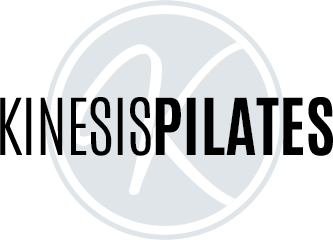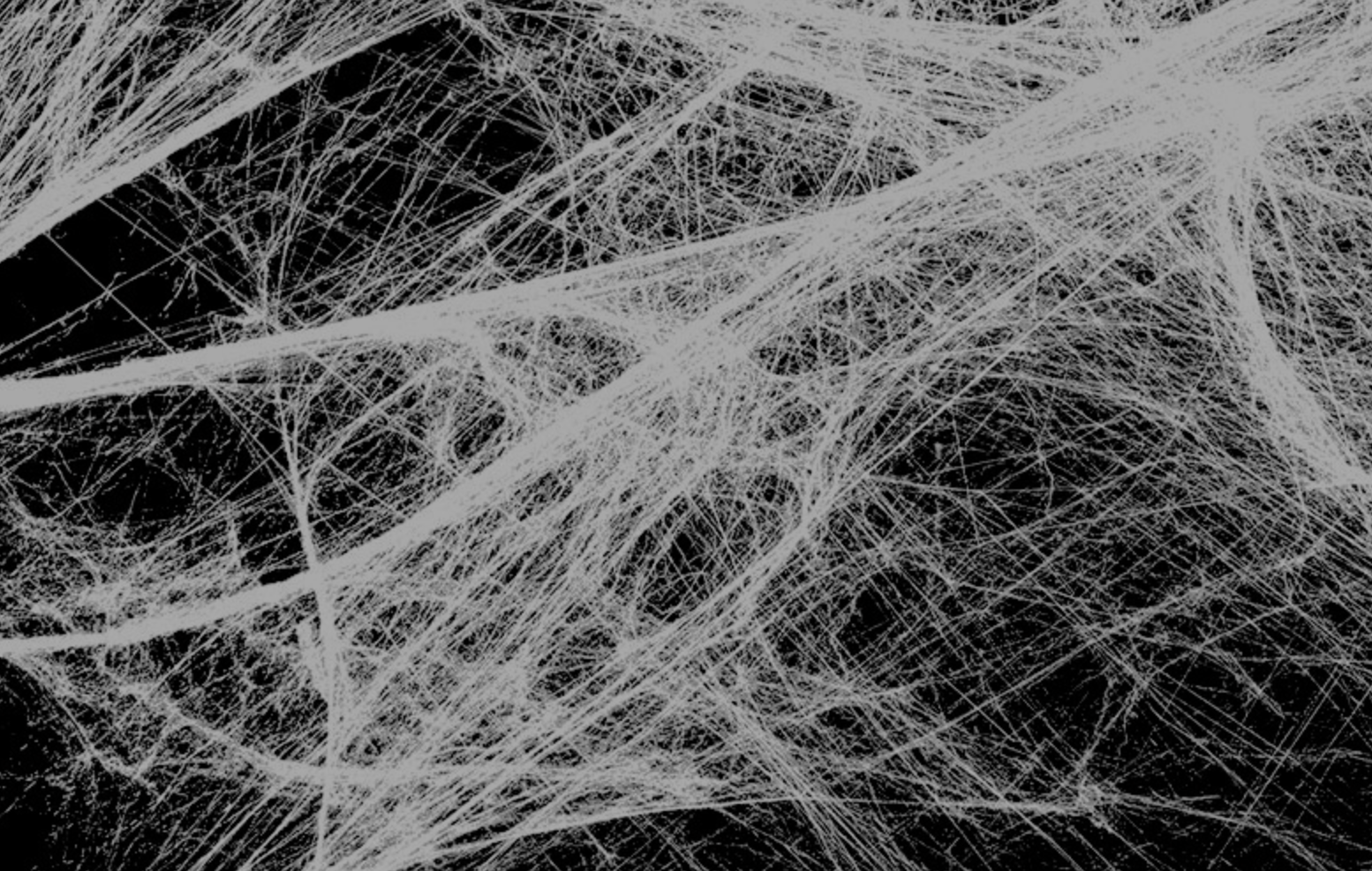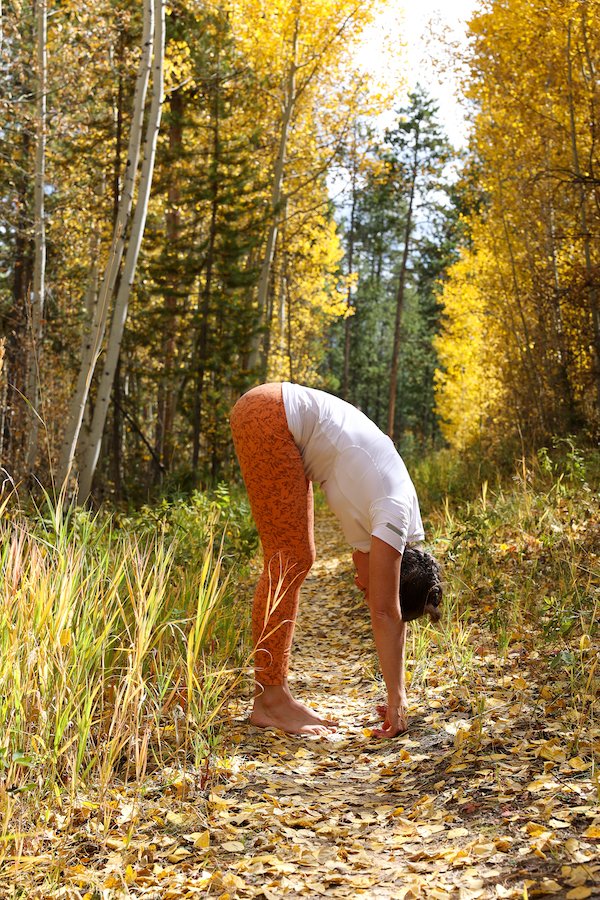Joseph Pilates didn’t just believe in exercising the musculoskeletal system. He also believed in challenging the systems in your body that maintain temperature. Photos from his life show him often underdressed in cold conditions (see his shirtless ski photo here or his snow Pilates photo shoot here) and his former student John Howard Steel described evening walks with Joe this way: “On the street, Joe looked like a strange old man, wearing nothing more than a pair of skimpy gym shorts…, a white turtleneck long-sleeve cotton shirt…, and canvas slippers.” Meanwhile, John wore “a tailored suit, shirt, and tie… and sometimes a coat. We were a study in contrasts.” (Caged Lion, 2020, pg. 46)
Good Stress
Pilates is a hormetic stressor. Hormetic stress is the just right amount of stress. If our body is understressed, it’s never challenged to grow. If it’s overstressed, it can’t repair and heal well. Good exercise is a stress to our system, which repairs later while we rest to grow stronger and more prepared for that stressor again.
We don’t just want hormetic stressors for our muscles. We can benefit from them in other areas of our lives. One of those is with temperature regulation, and recently it’s become more trendy to challenge our bodies with hot saunas, cold plunges, or cryotherapy.
Why try cold plunging?
I personally became interested in cold therapy because I was always so cold in winter. Living in Colorado and spending a good amount of the winter skiing gave me many chances to realize that I was uncomfortably cold in the cold. While some people might then chose to avoid the cold, live somewhere warmer, choose warmer sports, I decided to train my body to better tolerate the cold. I want to be resilient, not fearful or avoidant!
I began cold exposure with cold plunges. Filling my bathtub with cold water, measuring the temperature (the coldest it’s come out of my tap is 43-degrees), then getting as submerged as I could tolerate for as long as possible.
The first plunge was February 2023. The water was 44-degrees, I made it to my waist, and I lasted less than three minutes. My feet hurt so bad! (We have more bloodflow and sensory receptors on our hands and feet, so they’re more vulnerable to the cold).
I persisted. I aimed for at least 10 minutes a week in cold water. I sometimes laid flat in the snow. Initially I would shiver violently after the cold plunges or stay cold for an hour. My body was definitely not conditioned for this.
Shoveling in the single digits underdressed.
Brown Fat
The body will adapt to cold exposure eventually. It will start changing how the mitochondria produce energy to generate more heat instead of ATP. You’ll start making something called Brown Fat, which is metabolically active fat with much more blood and mitochondria to help you make heat. Scientists used to think only newborns had brown fat (to keep them warm because their muscles can’t shiver yet) until a couple decades ago when they realized adults can have it too. And brown fat not only helps you generate heat to stay warm, it also increases your insulin sensitivity. I’ve never been so excited to put on fat before!
Interestingly, to better increase your brown fat, you need to warm yourself up naturally after cold exposure. That means all the times I laid in the snow but then immediately jumped into the hot tub did not help me develop more brown fat (see Snow/Hot Tub video here). Now when I cold plunge, I wrap in a bathrobe afterwards and wait until my body temperature is back to normal before doing anything warming like sitting by the fire or taking a hot shower.
My Results
Fourteen months after starting my cold plunging journey, I am pleased with the results. I can sunbathe outside when the temperature is only in the 50s—my husband is fully dressed and I’m in a bikini, and it doesn’t bother me! I can submerge in 44-degree water now for three times as long as my first attempt. I can submerge in 50-60 degree water for over ten minutes and need no bathrobe to warm myself up after. When I ski, I’m no longer so cold. I am thrilled!
Physiologically, some interesting things happen with cold exposure too. One of them is an increase in the production of dopamine—the neurotransmitter responsible for pleasure, satisfaction, and motivation. In fact, my regular lab results show my dopamine levels increased over three times after beginning regular cold plunging! It also improves mitochondrial efficiency by bringing proteins closer together in the electron transport chain. Since mitochondria power all reactions in the body, this is no small thing.
I also have come to greatly enjoy the stimulation to my nervous system. The initial plunge stimulates the sympathetic nervous system—the fight or flight system that no doubt is worried about your survival in temps this cold. It’s so intense that you gasp! And hyperventilate. And make the sounds of a dying animal. But then, your nervous system realizes it needs to conserve resources and you switch to parasympathetic—your rest, repair, and digest system. I now drop into this phase within 1-2 minutes. My breathing rate slows and I suddenly feel ridiculously calm given the circumstances. It’s like a nice meditation. I believe that our nervous system benefits from this reset, if you will. It’s almost like restarting an electronic device. Some people swear cold plunging makes a huge difference for their mental health, depression, and addiction. It also can reduce pain and inflammation.
Be More Like Joe
To celebrate my success and enjoyment of cold plunging and to “be more like Joe,” I staged a Pilates photo shoot in the snow. I wore a black swim suit and white slippers like Joe. It was 35-degrees out with a mild breeze and it wasn’t bad. I barely needed to bundle up afterwards to walk home. Kinesis Pilates teacher Jennifer also attempted her own cold exposure Pilates in honor of Joe too.
If you want to get started, here are some suggestions:
You don’t have to be in cold water for it to be cold exposure. Being underdressed when it’s cold outside counts.
The best areas to expose to cold are your forehead, chest, and upper back. The latter two especially help with brown fat production.
If you insulate your feet and hands, you’ll be able to handle more intense cold. Alternatively, just exposing those areas to cold also counts as cold exposure. When my tub is too cold for me, I’ll keep my hands and feet out of the water. Wearing slippers for snow Pilates was a must.
Turning your shower to cold is a good start. However, the water warms as it passes down your body and the ambient air is warm too. So submerging is superior.
You’ll stimulate brown fat production best if the temperature is below 60-degrees F.
Dr. Susanna Soberg, author of Winter Swimming, suggests 11-minutes per week of cold plunging for optimal results.
Enjoy working out your body’s thermoregulatory systems and your newly acquired resilience to the cold!























